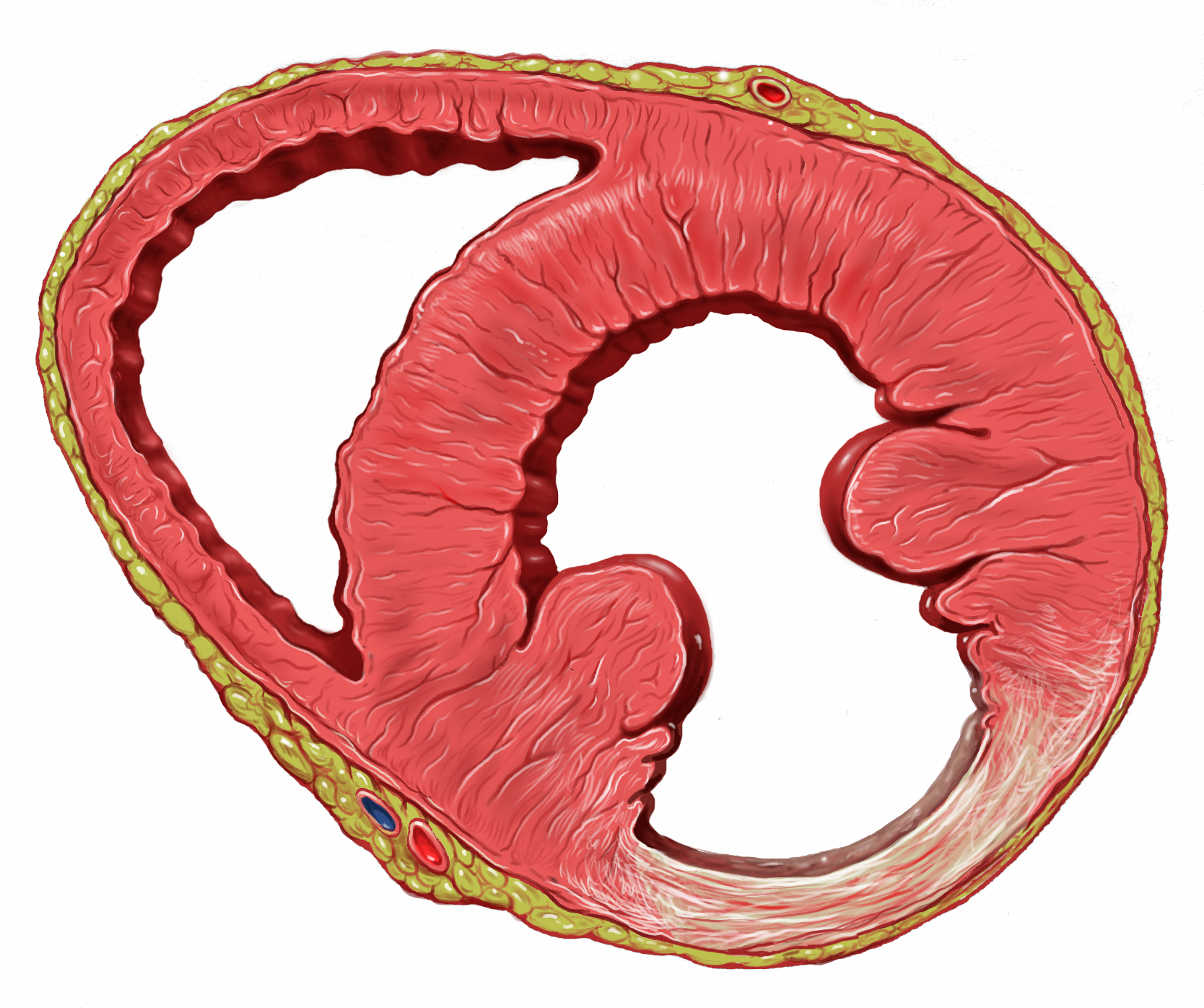Heart disease remains one of the leading causes of death worldwide, affecting millions of people across all age groups. Each of the various forms of heart disease has its own characteristics and distinguishes it from others. Understanding these distinctions helps individuals recognize symptoms and seek appropriate cardiology attention when needed.
Coronary Artery Disease
Coronary artery disease represents the most common form of heart disease seen in cardiology. This condition occurs when the coronary arteries, which supply blood to the heart muscle, become narrowed or blocked due to plaque buildup. The plaque consists of cholesterol, fat, calcium, and other substances found in the blood.
The narrowing process, known as atherosclerosis, develops gradually over time. As arteries become more restricted, the heart muscle receives less oxygen-rich blood. This reduction in blood flow can lead to chest pain, shortness of breath, and other symptoms that may worsen with physical activity or stress. Risk factors for coronary artery disease include high cholesterol levels, high blood pressure, smoking, diabetes, obesity, and a sedentary lifestyle. Family history also plays a role in determining an individual’s likelihood of developing this condition.
Heart Rhythm Disorders
Heart rhythm disorders, also called arrhythmias, affect the electrical system that controls the heartbeat. These conditions cause the heart to beat too fast, too slow, or with an irregular pattern. The heart’s natural pacemaker, located in the right atrium, normally maintains a steady rhythm of 60 to 100 beats per minute.
Several types of arrhythmias exist, each with distinct characteristics. Atrial fibrillation causes the upper chambers of the heart to beat rapidly and irregularly. Ventricular tachycardia involves a fast, regular beating in the lower chambers. Bradycardia occurs when the heart rate drops below 60 beats per minute. Some arrhythmias cause no symptoms and pose minimal health risks. Others can be life-threatening and require immediate medical intervention. Symptoms may include palpitations, dizziness, fainting, chest pain, or difficulty breathing.
Structural Heart Problems
Structural heart problems involve abnormalities in the heart’s anatomy or physical components. These conditions can be present from birth, known as congenital heart defects, or develop later in life due to various factors. Heart valve disease affects one or more of the four heart valves that regulate blood flow through the heart chambers. Valves may become narrowed, preventing proper blood flow, or they may leak, allowing blood to flow backward. Common valve problems include mitral valve prolapse, aortic stenosis, and tricuspid regurgitation.
Cardiomyopathy refers to diseases of the heart muscle itself. This condition weakens the heart’s ability to pump blood effectively throughout the body. Types of cardiomyopathy include dilated cardiomyopathy, where the heart becomes enlarged, and hypertrophic cardiomyopathy, where the heart muscle becomes abnormally thick. Heart failure occurs when the heart cannot pump blood efficiently enough to meet the body’s needs. This condition can result from various underlying heart problems, including coronary artery disease, high blood pressure, or previous heart attacks.
Find a Cardiology Clinic
Heart disease encompasses a wide range of conditions affecting different parts of the cardiovascular system. Each type of heart disease presents unique challenges and requires specific diagnostic approaches and treatment strategies. Early detection and appropriate medical care can significantly improve outcomes for individuals with any form of heart disease. Regular check-ups with healthcare providers help monitor heart health and identify potential problems before they become serious.
- FREHF – The Revolutionary Future Of Human-Centered Technology!
- Adsy.Pw/Hb3 – Boost Your SEO And Drive More Traffic!
- Fitness Based Vacations By Timeshealthmage.com!
- TimesHealthMag Tips For Improving Sleep Quality – Expert Advice For Better Rest!
- How TimesHealthMage Helps Improve Your Lifestyle Habits!


Leave a Reply